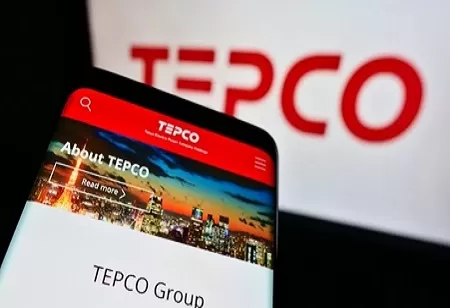Japan's Hydrogen Expansion: Geothermal to Fuel Growth in Indonesia and New Zealand
Key Ideas
- TEPCO partners with Pertamina to produce hydrogen in Indonesia using geothermal power, aiming to meet the demand for low-emission energy solutions.
- Obayashi plans to produce hydrogen in New Zealand, in alignment with Japan's strategy to increase hydrogen supply to 12 million tonnes by 2040.
- Japan targets 3 million tonnes of hydrogen supply by 2030 and envisions reaching 20 million tonnes by 2050 to support carbon neutrality goals.
- Hydrogen, particularly green hydrogen, is becoming a key player in reducing carbon emissions in energy, steel, and chemical sectors, with significant investments dedicated to its development.
Japan is intensifying its efforts in the hydrogen sector by expanding into geothermal-powered hydrogen production in Indonesia and New Zealand. Tokyo Electric Power Co. Holdings (TEPCO) is teaming up with Indonesia's Pertamina to produce hydrogen at a geothermal plant starting in 2027. This move is part of Japan's strategy to cater to the increasing need for low-emission energy solutions. Concurrently, Obayashi Corporation plans to enter the hydrogen market in New Zealand. Japan's hydrogen strategy revision aims to boost annual hydrogen supply to 12 million tonnes by 2040, in response to growing global competition. Prime Minister Fumio Kishida is driving Japan's hydrogen supply chain development and regulatory enhancements, with targets set at 3 million tonnes by 2030 and 20 million tonnes by 2050 to achieve carbon neutrality. The focus on hydrogen signifies a shift towards sustainable energy sources, with green hydrogen, produced through renewable energy-powered electrolysis, playing a crucial role. Japan's commitment of $113 billion over 15 years underscores its dedication to advancing hydrogen technologies for a greener future.
Topics
Homes
Green Hydrogen
Renewable Energy
Investment
Energy Sector
Global Market
Carbon Neutrality
Geothermal Power
Latest News
